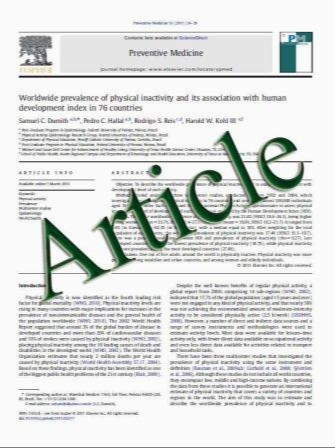Hemodilution therapy using automated erythrocytapheresis in central retinal vein occlusion: results of a multicenter randomized controlled study
- نوع فایل : کتاب
- زبان : انگلیسی
- مؤلف : Agnès Glacet-Bernard & Marielle Atassi & Christine Fardeau & Jean-Paul Romanet & Matthieu Tonini & John Conrath & Philippe Denis & Martine Mauget-Faÿs
- چاپ و سال / کشور: 2010
Description
Background Central retinal vein occlusion (CRVO) leads to poor visual outcome in most eyes. Abnormal hemorheology was suspected to play a major role in its pathogenesis. CRVO treatment is still a matter of debate but several studies have pointed out the efficacy of isovolumic hemodilution. The aim of this study was to assess the feasibility and efficacy of hemodilution using automated erythrocytapheresis in recent-onset CRVO. Methods In this prospective randomized controlled multicenter study, 61 consecutive CRVO patients were enrolled when they met the following criteria: CRVO lasting for 3 weeks or less, visual acuity ranging from 20/200 to 20/32, age between 18 and 85 years, no diabetes, no uncontrolled systemic hypertension, no antiplatelet or anticoagulant therapy, hematocrit higher than 38%, and signed informed consent. Patients were randomly assigned to the hemodilution group (n=31) or to the control group (n=30). Hemodilution therapy consisted of one session of erythrocytapheresis on outpatient basis, followed by additional session(s) for 6 weeks if needed. Target hematocrit was 35%. Follow-up was 12 months. Results No statistical differences in age, associated risk factors, or CRVO characteristics were observed at baseline between both groups. Mean visual acuity was equivalent to 20/80 in the hemodilution group and to 20/63 in the control group (non-significant difference). In the treated group, mean number of hemodilution sessions was 3.3 (range, 1 to 6), and no major side-effects occurred. At the 12- month follow-up visit, 64.5% of the hemodilution group had visual acuity of 20/40 or better compared to 40% of the control group (p=.048). Visual change was a gain of 1.7 ETDRS line in the hemodilution group versus a loss of 2.3 lines in the control group (p=.007). There was less conversion into an ischemic form in the hemodilution group (11%) than in the control group (50%, p=.004). Mean final retinal thickness was 289 ìm in the hemodilution group versus 401 ìm in the control group (p=.068).
Graefes Arch Clin Exp Ophthalmol (2011) 249:505–512 DOI 10.1007/s00417-010-1532-5 Received: 24 June 2010 / Revised: 15 September 2010 / Accepted: 20 September 2010 / Published online: 17 October 2010


